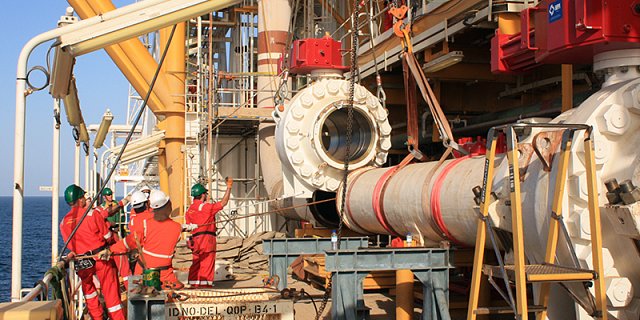
To Depressurise and Remove Hydrocarbons or Not?
Abstract
To enable new field developments the most cost-effective solution may require a tie-in or connection into existing subsea pipeline infrastructure. When no pre-installed tie-in point exists, it will be necessary to install a new tie-in connection into the pipeline. Ideally the new tie-in connection can be done by disconnecting a pipeline flanged spool and replacing it with a pipeline tie-in, such as a tee or wye spool. However, in some cases a suitable removable spool is not available at the required location and a tie-in connection must be retrofitted; either by fitting a tie-in clamp and performing a hot tap or by removing a section of the pipeline and installing a new tee.
There are several other reasons for removing a section of subsea pipeline, sometimes a section needs to be replaced to increase the operating life of a pipeline. Other reasons for compromised pipeline integrity could be dents or gouging from external trawler or anchor interaction or highly stressed deformations. When a pipeline section must be removed, it may be risk assessed that the way to do the intervention with the risk as low as possible, requires the pipeline to be fully depressurised to remove any pressure threat and the pipeline flushed and flooded to remove all hydrocarbons avoiding any environmental impact.
However, in many cases achieving the lowest possible risk is not reasonably practicable. For instance, when the pipeline has many assets producing into it, or when venting of the line contents, flooding the pipeline and then dewatering and drying the pipeline – could lead to a production outage of many months.
If it turns out that it is not practicable to depressurise and hydrocarbon free the pipeline then it may be necessary to break containment with the pipeline pressurised and full of its’ production inventory. In these scenarios a safe, pressure capable isolation barrier complying with industry isolation standards and recommended practices will be required – typically a double block and bleed barrier that is properly proven.
This webinar will describe the types of isolation tools that are available and explain how they can be assessed to provide an isolation barrier that is deemed to reduce the risk to As Low As Reasonably Practicable.
Presenter: Dale Millward